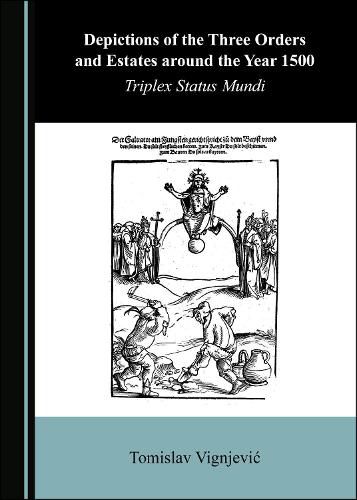Readings Newsletter
Become a Readings Member to make your shopping experience even easier.
Sign in or sign up for free!
You’re not far away from qualifying for FREE standard shipping within Australia
You’ve qualified for FREE standard shipping within Australia
The cart is loading…






This volume highlights the copious and various depictions of the three orders of society during the Late Middle Ages and at the beginning of the Early Modern Period. It discusses the origins and development of the trifunctional division into the orders of the oratores, bellatores and laboratores, and the abundantly preserved visual material, which proves that this scheme was one of the most widespread ideological foundations of European societies at that time. Late Gothic and Renaissance depictions of the three orders of society can be found in different mediums, from woodcuts to wall paintings, and were produced by important artists such as J. Fouquet and Pieter Bruegel, as well as anonymous painters. The vast numbers of preserved examples of this topic confirm the significance and strength of this iconographic theme at the end of the Middle Ages.
$9.00 standard shipping within Australia
FREE standard shipping within Australia for orders over $100.00
Express & International shipping calculated at checkout
This volume highlights the copious and various depictions of the three orders of society during the Late Middle Ages and at the beginning of the Early Modern Period. It discusses the origins and development of the trifunctional division into the orders of the oratores, bellatores and laboratores, and the abundantly preserved visual material, which proves that this scheme was one of the most widespread ideological foundations of European societies at that time. Late Gothic and Renaissance depictions of the three orders of society can be found in different mediums, from woodcuts to wall paintings, and were produced by important artists such as J. Fouquet and Pieter Bruegel, as well as anonymous painters. The vast numbers of preserved examples of this topic confirm the significance and strength of this iconographic theme at the end of the Middle Ages.